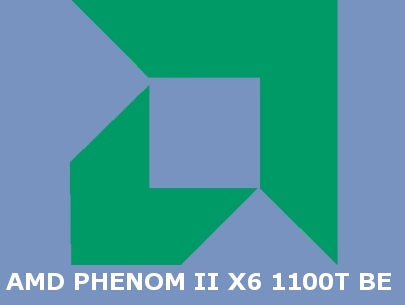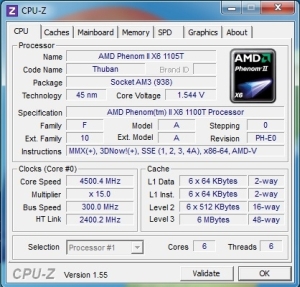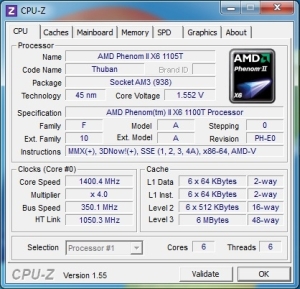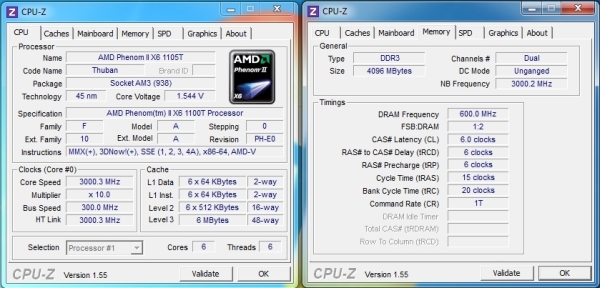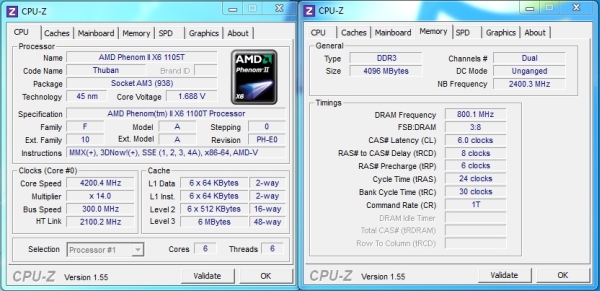AMD Phenom II X6 1100T BE Review
Testbed
AMD Phenom II X6 1100T BEÂ 3.30GHz Processor
MSI 870A FUZION Power Edition Motherboard
Corsair Dominator GT 4GB 2000mhz
ATi Radeon HD 5770 1GB GDDR5 Graphics Card
Corsair AX1200w PSU
Windows 7 Home Premium x64
Noctua NH-D14 Cooler
Â
Overclocking
Whenever a flagship processor is replaced with a counterpart with a higher frequency, one can’t help but wonder if we might see greater overclock potential as well. The Phenom II X6 1100T is no exception to this, but will the new range topper deliver as we hoped? Lets find out…
The Fun Bit – Max Attainable Frequency
Bearing in mind that our test processor is air cooled, it is only really possible to crank those core voltages up to a certain level. Regardless, we pushed this new processor for all its worth and we achieved this –
4500MHz for a suicide run is certainly not terrible by any stretch; especially as far as 45nm Thuban cores are concerned. At 1.55V however, the processor is running rather warm and would require a greater voltage to enter stable realms.
Big numbers are great, but what about maximum stable frequencies? Undoubtably this is more important. For testing purposes we will determine maximum Hypertransport and Northbridge (IMC) frequencies. This will help determine how flexible the processor is and how unreliant (or not) it can be without its unlocked multiplier ranges. Finally we will leverage all overclock parameters to find the highest overall overclock, which offers the best compromise between multipliers and IMC & HTT frequencies.
Max Stable Base HTT Frequency
Finding the highest base frequency helps us determine the quality of the processor’s memory controller. For the purpose of this test, we used the 400MHz+ capable MSI 870A FUZION Power Edition motherboard.
Unfortunately our test sample couldn’t match our golden 1090T processor nor take advantage of the 870A Power Edition’s capabilities, however 350MHz is still considerably more than you would ever need in practice.
Max Stable NB Frequency
Really, high base HTT frequencies don’t do an awful lot for the Socket AM3 platform. If anything (other than raw core frequency) else really enhances performance, it is without doubt the Northbridge (IMC) frequency. Once pushed above its nominal frequencies of 2000MHz, you will see sizeable increases in effective memory bandwidth; this goes a long way towards real performance boosts.
While trying to maintain a high Base HTT, we found ourselves with a max NB frequency of 3000MHz; one couldn’t ask for much more here.
Max Stable Overall Overclock
Last but certainly not the least, we considered maximum overall frequency.
We found ourselves with a frequency of 4.20GHz with a 2.40GHz IMC frequency and a reasonably tight DDR3-1600 configuration. While stable, this required over 1.600V to achieve; a victory all the same but does not avoid Thuban’s inferior overclocking ability when compared to Core i7.
One 900MHz overclock later, lets get testing.



